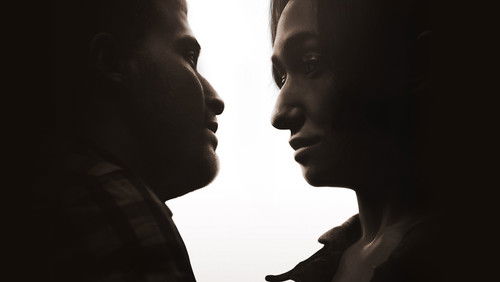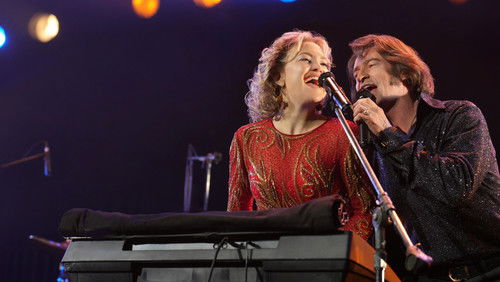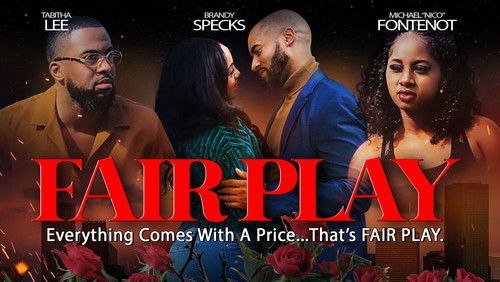Mona Lisas Lächeln (2003)
32KMona Lisas Lächeln: Directed by Mike Newell. With Julia Roberts, Kirsten Dunst, Julia Stiles, Maggie Gyllenhaal. A free-thinking art professor teaches conservative 1950s Wellesley girls to question their traditional social roles.
“I didnu0026#39;t expect much going into u0026quot;Mona Lisa Smileu0026quot;. I figured it was going to be a rehash of all the movies ever made about teachers. You know, from u0026quot;Goodbye Mr. Chipsu0026quot; and u0026quot;The Prime of Miss Jean Brodieu0026quot;, to u0026quot;The Dead Poetsu0026#39; Societyu0026quot; and u0026quot;Mr. Hollandu0026#39;s Opusu0026quot;. But u0026quot;Mona Lisa Smileu0026quot; pleasantly surprised me, especially the uncompromising, principled ending.u003cbr/u003eu003cbr/u003eAnother thing that pleased me was the filmu0026#39;s assumption of an intelligent, educated audience that does not require any dumbing-down of art and culture. u0026quot;Mona Lisa Smileu0026quot; rattles off names of artists and their works as if it fully expected moviegoers to be conversant with them. In at least one case, the film names neither the artist nor the work (Picassou0026#39;s u0026quot;Demoiselles du0026#39;Avignonu0026quot;). All of these things are taken as givens, as part and parcel of a sophisticated audienceu0026#39;s cultural baggage — quite a change from the usual pap that Hollywood spoonfeeds us!u003cbr/u003eu003cbr/u003eMoreover, the film sometimes speaks volumes by what it doesnu0026#39;t say but simply shows, taking for granted that we will fill in the blanks from our knowledge of the history of the period (that is, the early 1950s). There is one oblique reference to McCarthyism. A photo of an atomic explosion reminds us of the post-WWII, Cold War era. A game show on TV triggers a memory of the payola scandal. Again, u0026quot;Mona Lisa Smileu0026quot; credits us with brains rather than insulting our intelligence.u003cbr/u003eu003cbr/u003eMercifully, the title of the film is not simply a reference to Julia Robertsu0026#39; famous beestung, collagen-enhanced lips. As Kirsten Dunstu0026#39;s character explains toward the end of the movie, Mona Lisau0026#39;s smile is not necessarily an indication that she is happy and content — any more than the women of the 1950s with their dream homes and seemingly perfect lives. u0026quot;Mona Lisa Smileu0026quot; is ultimately an indictment of those in society who perpetrate and perpetuate secrets and lies, and a tribute to those through whom the truth prevails.”









